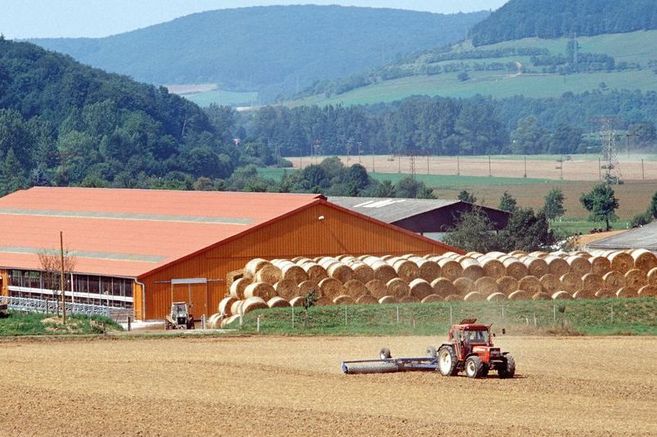Risk modelling
What does projected climate change mean for the risk of farm income losses in Germany? Will new trade agreements lead to greater or smaller price fluctuations?
In practice, the most important risks are often the result of the interaction between several risk factors and usually complex adjustment mechanisms in agricultural markets. Models are therefore essential in risk management. Good models reduce complex interactions to the essential mechanisms and influencing variables without losing relevance. They help us quantify and assess risks for complex scenarios and different courses of action.
We use specific methodological approaches to meet the challenges of realistic risk modelling. This includes, for instance, the use of copulas to model the interconnections of risk-related variables and to estimate e.g. the contribution of crop diversification to risk reduction in extreme weather situations. Monte Carlo simulations can be used to quantify a wide range of risks and analyse the robustness of risk management strategies. A further development of these approaches enables analyses also for complex scenarios and methodological approaches. In the Thünen Model Network, we link different agro-economic models to analyse risks that are connected across different levels of value and trade chains. This will enable us to estimate, for example, the consequences of weather-induced yield fluctuations on supply and prices, farm incomes and trade throughout Germany, and for anticipating the impact and budgetary burdens of possible government interventions.
Selected literature
hits: 1
- Stepanyan, Davit (2021): Improving the Depiction of Uncertainty in Simulation Models by Exploiting the Potential of Gaussian Quadratures. Ph.D. dissertation. Humboldt-Universität zu Berlin, Berlin, Germany.









